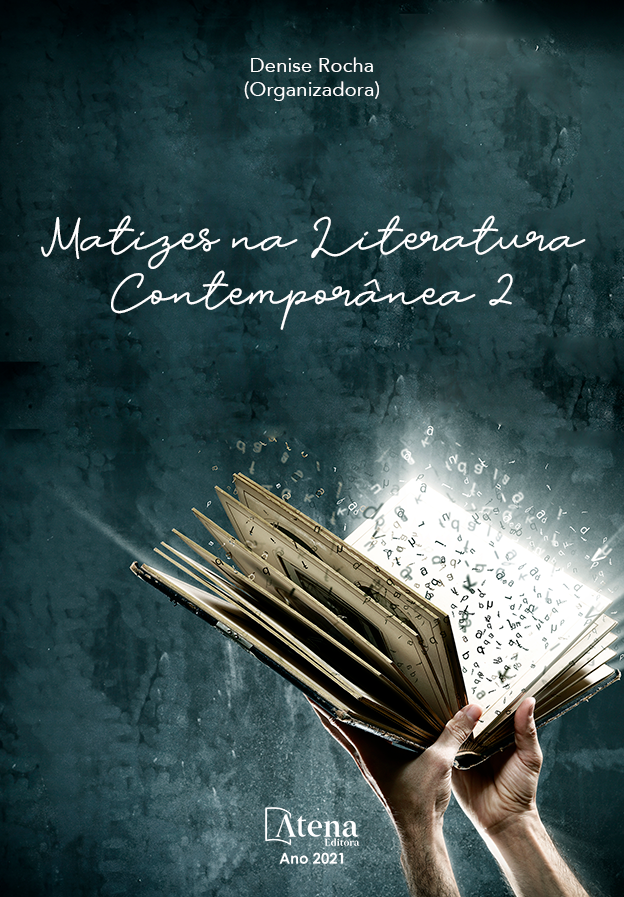
NARRATIVAS IMAGÉTICAS, HISTÓRICAS E HISTÓRICO-FICCIONAIS: MUSA PRAGUEJADORA: A VIDA DE GREGÓRIO DE MATOS (2014), DE ANA MIRANDA
O objetivo do estudo é analisar, sob a perspectiva do conceito de “literatura exigente”, de Leyla Perrone-Moisés, a narrativa Musa Praguejadora: A vida de Gregório de Matos (2014), de Ana Miranda, que rompe as estruturas do romance tradicional, ao revelar o fragmentário e a hibridização das formas, mesclando três tipos de narrativas: 1) a imagética com ilustrações do século XVII, sob as quais foram decalcados desenhos de Miranda; 2) a histórica, formada por excertos de momentos históricos de Portugal e do Brasil, no século XVII, oriundos de obras, artigos e verbetes de dicionários etc. e 3) a histórico- ficcional sobre a vida e morte do poeta baiano (1663-1696), conhecido como Boca do Inferno, desde a imigração dos seus avôs, do Minho (Portugal) para o Brasil. A polifonia narrativa de Ana Miranda, que evoca distintos panoramas do Brasil, de Portugal e de Angola e que revela ironia, paródia, meta-narrativa e intertextualidade, será interpretada, de acordo com o termo “metaficção historiográfica”, de Linda Hutcheon.
NARRATIVAS IMAGÉTICAS, HISTÓRICAS E HISTÓRICO-FICCIONAIS: MUSA PRAGUEJADORA: A VIDA DE GREGÓRIO DE MATOS (2014), DE ANA MIRANDA
-
DOI: 10.22533/at.ed.0312127013
-
Palavras-chave: Literatura Brasileira, Ana Miranda, Gregório de Matos,
-
Keywords: Brazilian literature; Ana Miranda, Gregorio de Matos,
-
Abstract:
The aim of the study is to analyze, from the perspective of Leyla Perrone-Moisés's concept of "demanding literature", the narrative Musea Praguejadora: The Life of Gregorio de Matos (2014), by Ana Miranda, which breaks the structures of traditional novel, revealing the fragmentary and hybridization of forms, merging three types of narratives: 1) the imagery with illustrations from the seventeenth century, under which Miranda's drawings were drawn; 2) the historical one, formed by excerpts from historical moments in Portugal and Brazil, in the seventeenth century, derived from works, articles and entries of dictionaries, etc. and 3) the historical fiction about the life and death of the Bahian poet (1663-1696), known as Boca do Inferno, from the immigration of his grandfathers, from Minho (Portugal) to Brazil. The narrative polyphony of Ana Miranda, which evokes different scenarios of Brazil, Portugal and Angola and reveals irony, parody, meta-narrative and intertextuality, will be interpreted, according to the term "historiographic metafiction", by Linda Hutcheon.
-
Número de páginas: 15
- Denise Rocha


